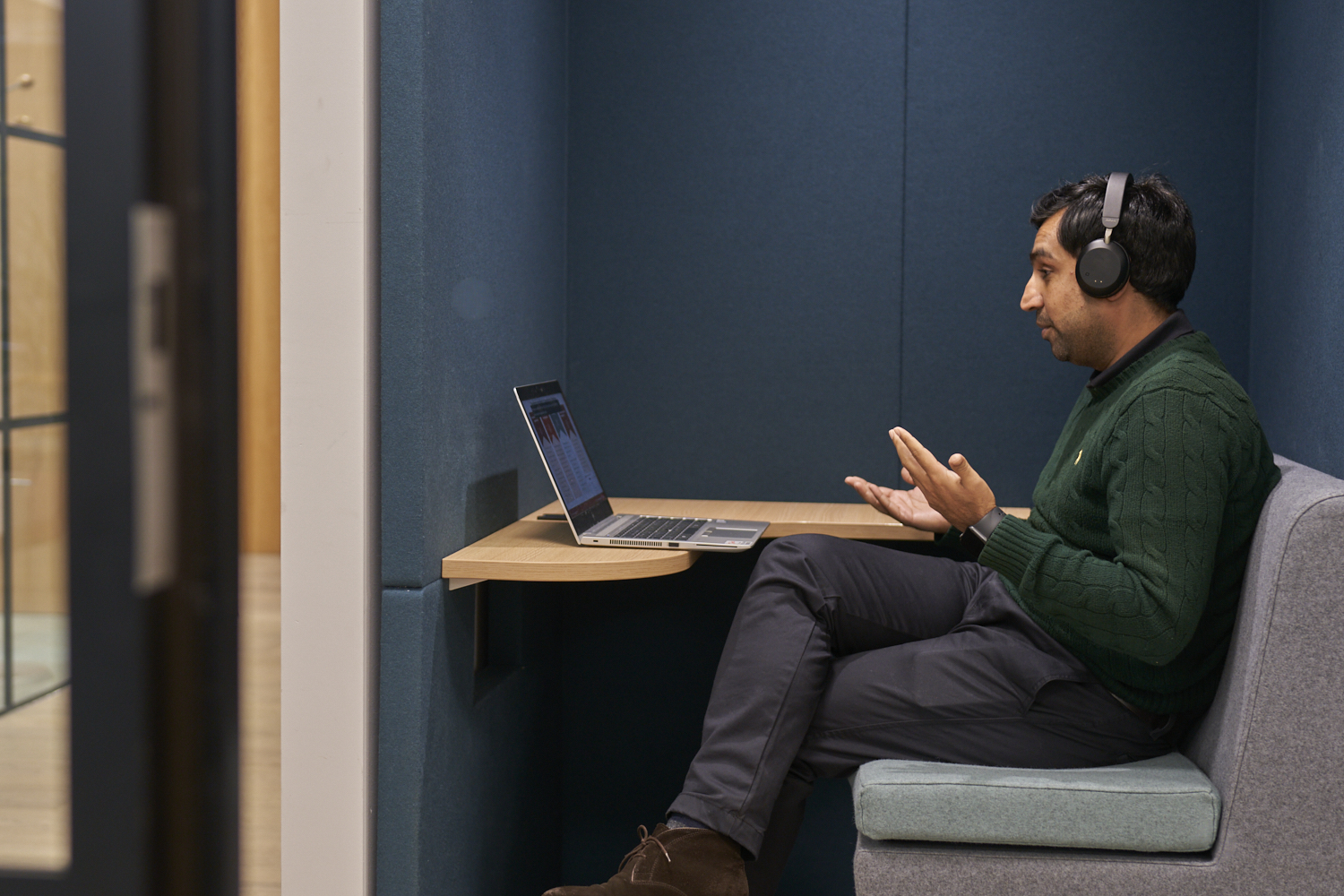The future of the workplace: Is AI going to steal my job?
Following the release of OpenAI’s artificial intelligence powered chatbot ‘ChatGPT’ to the public in November 2022, the conversation around generative AI and how it could affect our lives has exploded.
The huge technological advancement allows users to create everything from text and images to sounds and data by inputting ‘prompts’ that the system processes and responds to with fresh content in a matter of seconds.
It has the power to speed up desk research, data analysis, copy writing and much more. But despite the vast opportunities that AI presents, its development has many professionals wondering about the future of their careers and whether their jobs are secure in the face of a machine that can process information thousands of times faster than themselves.
To help clear up some common concerns around the future of AI in the workplace, we’ve unpicked the matter below.
What is Generative AI?
Simply put AI is ‘the ability of a digital computer or computer-controlled robot to perform tasks commonly associated with intelligent beings’ (Britannica).
Compared to traditional AI, which detects pre-existing patterns in data, Generative AI creates new content based on the prompts that are fed to it.
It’s been around since the 60s, but it’s only recently that it has been able to create convincing text, images, and videos that can contend with those created by humans (Tech Target).
The future of AI in the workplace
AI-powered tools have the potential to drastically speed up our day-to-day tasks at work. It could be used to automate those mundane and repetitive jobs that we all put off, like inputting information into spreadsheets, generating reports or scheduling appointments.
When given the right prompts it could even be useful for everything from drafting product descriptions and responding to customer service inquiries to researching topics and writing emails to clients.
While this superhuman processing ability might feel threatening, it should be viewed instead as a driver for innovation. Experts believe that it will allow workers to free up their time for other important tasks like creative thinking, problem solving and collaboration (Forbes).
Learning to use AI in your role
Instead of viewing AI as a threat, think about how it could enhance your work. Embracing it as a partner and upskilling to learn how it ticks could massively increase your productivity and efficiency.
One of the best ways to do this is to play around with the free chatbots out there like ChatGPT, and even prompt them to tell you how best you can use them for your job. The key is to understand how best to utilise AI, and the sorts of prompts you should be using to produce the best outputs.
Adapting to the new technology and leveraging AI’s capability is a great way to stay ahead of the curve and cement yourself as an indispensable employee.
The limitations of AI
Despite the advanced technology behind AI, there’s still some major limitations to it.
It doesn’t have the same critical judgement and abstract thinking abilities that humans do. Its answers lack imagination, and it can’t think outside the box or come up with those creative ideas that are essential for running a business.
Also, its responses are only as good as the dataset that it feeds off, and the prompts that it is given. If the dataset is limited, biased or incorrect, you can be sure that its responses will be too. Similarly, it can be hard to tell where it’s drawing the information from, which opens users up to accidental plagiarism.
Therefore, any content generated using AI must be fact checked and tweaked by humans who have common sense, emotional intelligence and a wider understanding of the world.
Overall, AI presents some exciting opportunities for the world of work and it’s already making massive waves across the job landscape, but it’s important to treat the content it generates with caution and cross reference it with your own knowledge and research.


